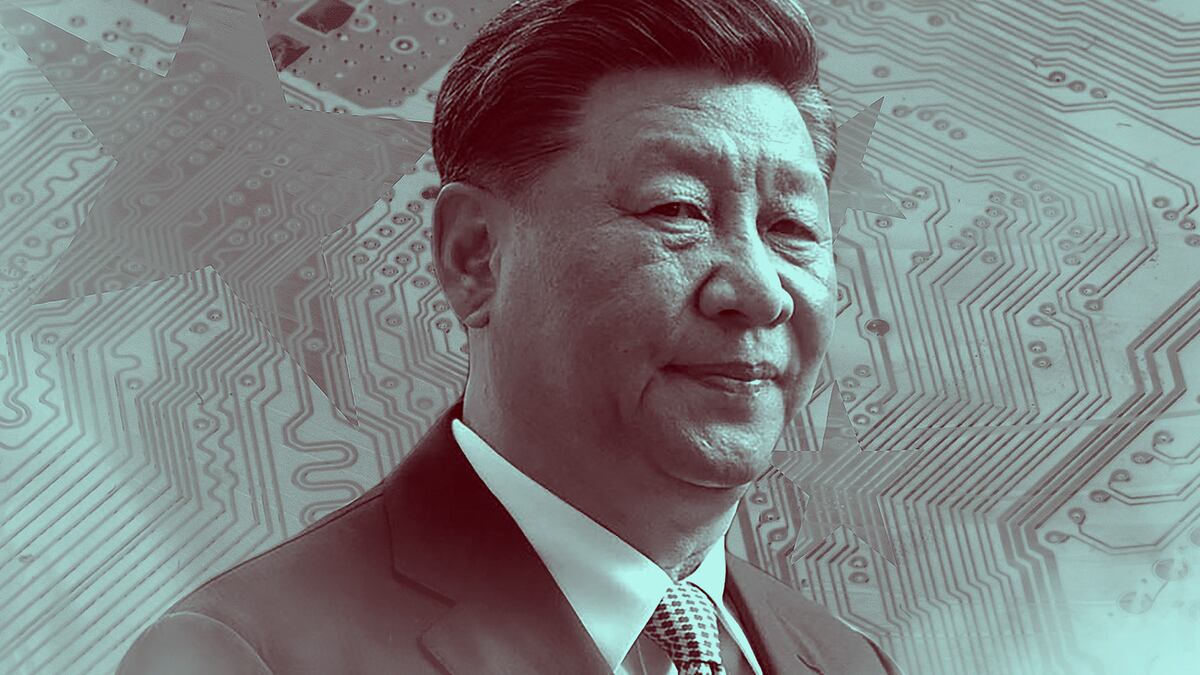- CBDC project introduces SIM card to make using digital yuan easier for payments.
- Digital yuan usage pales in comparison to Alipay and other apps.
- With eye to taking on the US dollar, Beijing puts full weight of state-owned enterprises behind push to expand digital yuan usage.
Imagine you’re a civil servant in Jinan, a province in northern China, and you receive your salary in digital yuan.
You use the central bank digital currency to pay your bus fare to work and to buy groceries at the corner shop. Even better, you can use a Super SIM Card to complete transactions without an internet connection or even electricity.
This is a central bank digital currency in action. Users can download and use the digital yuan app in pilot areas across 17 provinces, though the date for a national rollout has not yet been announced.
Changing lives
Much of the project has been live for some time: Authorities in Changshu, a small city in Jiangsu province, are paying civil servants their salaries in digital yuan. Bus routes in Jinan will take digital yuan payments starting in July. A popular tourist spot called Sanya in southern China has shiny new digital yuan ATMs. And the digital currency is accepted in numerous retail outlets throughout the nation.
NOW READ: China’s BSN builds blockchain systems on its own terms — with no crypto and Xi’s guiding hand
But here’s the catch: For all its state support, the digital yuan has yet to be truly embraced by consumers. An attempt to get people to pay for transport using the digital yuan in Ningbo on China’s coast saw just over 8,000 users a day. That’s in a city with a population of almost 10 million.
Part of the problem may be that users often don’t see much of a difference between the digital yuan app and longstanding payment services such as Alipay and WeChat Pay. Some even refer to the digital yuan as “centralised Alipay” and have raised concerns about privacy.
‘The launch of the SIM card purse is expected to promote further usage of the digital yuan as it provides a new experience different from the QR code scanning model.’
— Chen Bo
At the end of 2022, the People’s Bank of China said 261 million users possessed digital yuan wallets, which is about 18% of the population, not an insignificant number. Yet as of last August, the most recent data available, there was a cumulative 100 billion yuan ($14 billion) in transactions, or $53 per wallet. This pales in comparison to the 118 trillion RMB ($16.5 trillion) in transactions Alipay processed domestically in the 12 months leading up to June 30, 2020, according to its IPO filing.
Changing behaviour
It’s hard to get consumers to change their behaviour, especially when it comes to money. Still, with the power of the state behind the project, the digital yuan’s adoption rate may be poised to take off, and perhaps provide a preview of what’s to come in other nations committed to CBDCs.
The Chinese government has talked about a digital currency since 2014. Billed as a faster, cheaper and more secure way of spending, it’s backed by actual cash stored in the reserves of the People’s Bank of China (PBOC) and records transactions in a distributed ledger.
Local government and state owned enterprises are under pressure to build out its user base. The Shanghai Clearing House announced in June it would allow use of the digital yuan for bulk commodity trading clearing and settlement services.
Further usage
People like Chen Bo, director of the Digital Finance Research Center at the Central University of Finance and Economics, say that introducing hard wallets that don’t follow a QR code payment system will change that.
“The launch of the SIM card purse is expected to promote further usage of the digital yuan as it provides a new experience different from the QR code scanning model, which is widely used by third-party payment tools such as Alipay and WeChat Pay,” Chen told local media.
NOW READ: Powerful central bank group says crypto ‘amplifies’ risks and contributes nothing to society
One way the government and its partners have been trying to incentivise people to use it is through deals and discounts.
A department store in Shanghai gave customers a 100RMB ($14) coupon if they downloaded the app. China Construction Bank offered 150RMB ($21) off when you spent 380RMB ($53) or more. E-commerce giant JD teamed up with banks to roll out “gift packs” of digital yuan discounts for National Day last year.
Lotteries and promotions
Local governments in cities like Beijing have already given out the equivalent of millions of dollars in digital yuan to citizens through promotions including lotteries. Shops that are taking part in pilots offer discounts to citizens using the digital yuan.
It’s telling that even all this isn’t having the desired uptake. Even though the pilot program has not rolled out nationally and is limited to certain cities, former officials have expressed disappointment at its impact. The former PBOC director-general of research, Xie Ping, now a finance professor, said late last year that its applications needed to be widened beyond cash and consumption.
“Cash, bank cards and China’s third-party payment mechanisms have formed a payment market structure that has met needs for daily consumption,” he said, according to Reuters. “The common people are used to it, and changing it is difficult.”
NOW READ: Crypto bridge Multichain says it’s ceasing operations after CEO and sister arrested in China
Yet the lack of excitement at home isn’t stopping ambitions for pitching it globally.
The Guangxi Zhuang Autonomous Region in southern China, bordering Vietnam, plans to use the digital yuan at the upcoming China-ASEAN Expo and in border trade. Meanwhile, the Singaporean bank DBS has introduced a solution for clients in China to collect payments from customers in digital yuan.
Lim Soon Chong, the DBS group head of Global Transaction Services, suggested that it would be building on this launch with new digital payment solutions, including cross-border CBDC payments, according to a statement on the bank’s website.
Challenging the dollar
China wants to see a world in which the US dollar isn’t the top currency for international trade. Beijing encourages partners to settle transactions in yuan or local currencies instead.
In March, the yuan overtook the dollar as the most widely used currency for cross-border payments with China for the first time.
The digital yuan may play a role in this in the future. A six week trial last year saw $22 million in digital yuan transactions in a pilot using CBDCs for settling cross-border trade between China, Hong Kong, Thailand and the UAE.
Have a tip about crypto in Asia? Contact the author at callan@dlnews.com.





